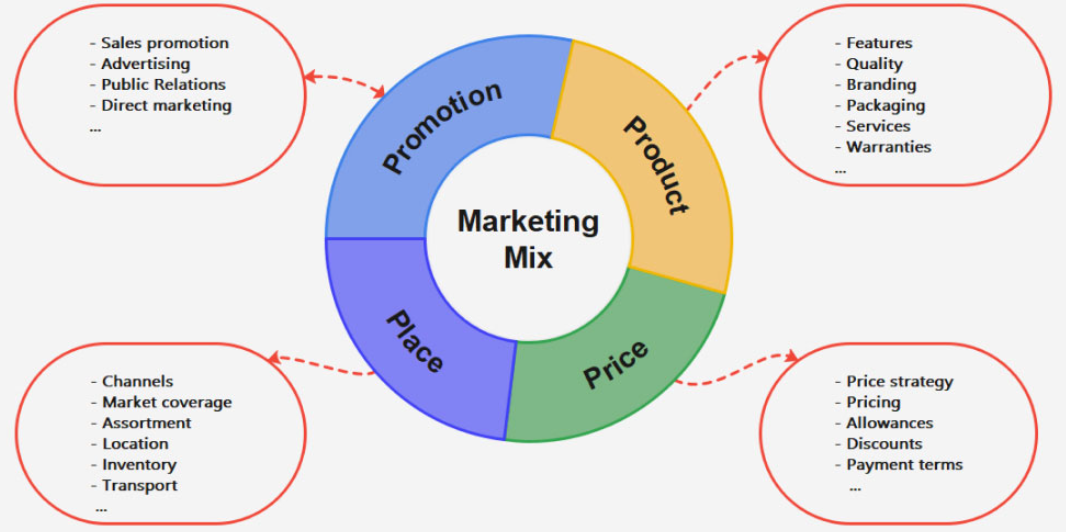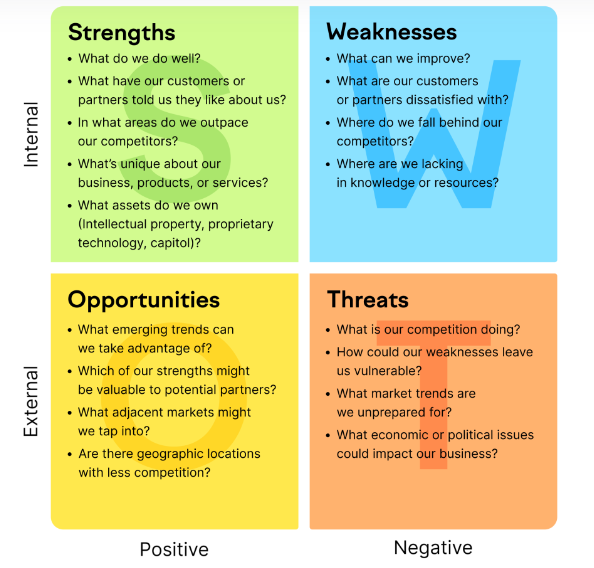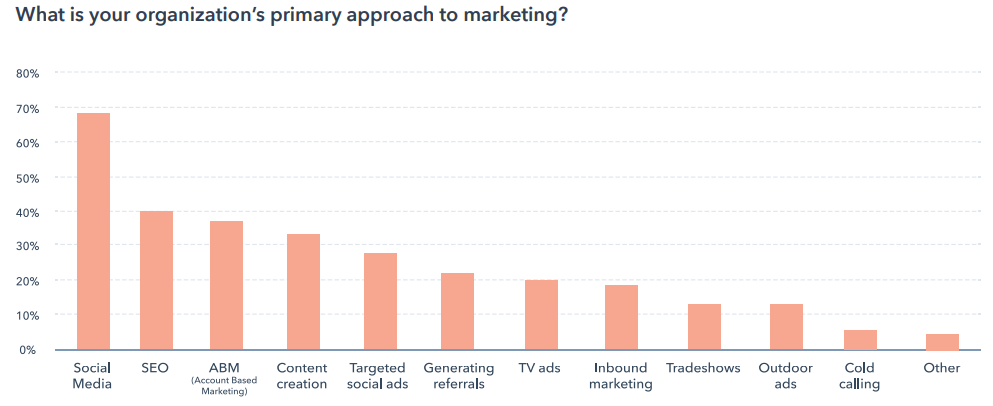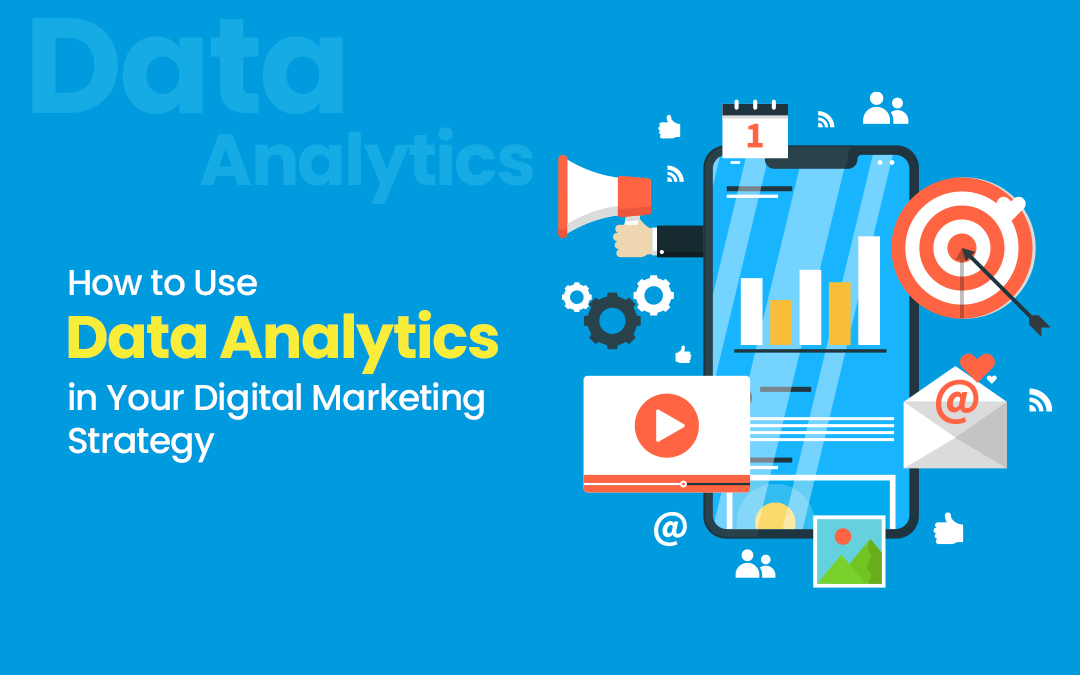
When you create a marketing strategy you expect it to help your sales and marketing departments achieve your overall business goals, right?
But what if it doesn’t?
Look, there is more to creating an effective marketing strategy than just listing down things you want to achieve within a given period.
What’s more?
If your marketing strategy isn’t as effective as expected, you could be doing some things wrong.
In this article, you’re going to discover important elements you should focus on to create a marketing strategy that’s focused on addressing your customers’ challenges.
Let’s get started.
What is a Marketing Strategy?
Before you create a marketing strategy, it’s important to understand what it is.
Why?
Because often, beginner marketers confuse a marketing strategy with a marketing plan.
In simple terms, a marketing strategy encompasses all activities you undertake to reach out to your target audience/customers to convince them to purchase your products and services.
A solid marketing strategy is founded on the four factors of the marketing mix (4 Ps of Marketing) which are Product, Price, Place, and Promotion.

Image from EdrawMind
It must also take into account internal and external factors such as performance analysis, competitor analysis, customer experience, etc.
Take GoPro for instance, it’s one of the popular brands with an effective marketing strategy.
The brand leverages user-generated content that makes the viewer feel connected with it, creating a powerful experience.
How to Create a Marketing Strategy: Essential Elements to Consider
Even though every business develops a marketing strategy based on its unique needs, available resources, and objectives, these are the key components to consider if you want to create a goal-crushing marketing strategy.
1. Define Your Target Audience
As you create a marketing strategy for your business, you need to identify your target audience.
In this case, it’s the specific group of customers you will be directing your marketing efforts to.
In other words, these are people who are most likely to buy your products or services. Consider this.
A whopping $37 billion is wasted in ad spend each year from ads that never engage the target audience.
To avoid wasting marketing resources on people that aren’t interested in what you’re selling, you need to establish your ideal audience. These are the people you’ll convert into leads and ultimately become paying customers.
It’s important to distinguish between your target market and target audience here. The former encompasses the set of customers you plan to sell to or reach with your marketing activities. You can go through Sprout Social's review to know about tools that will help you listen, monitor and determine your target audience. A target audience is a group or segment within the target market.
Here is a simplified difference between a target audience and a target market.

Image from Word Stream
Here are the key factors to consider when undertaking market research to define your target audience:
- Age
- Interests and activities
- Gender
- Motivation and priorities
- Location
- Stage of life
- Career
- Language
2. Assess Your Product or Service Fully
What you offer should be able to help your audience solve problems they are actually facing. Here is the thing.
No matter how good your product or service is, if it can’t address your audience’s pain points, don’t waste money advertising it.
You need to figure out how your product’s features are beneficial to your audience or how your service can help to make their lives better.
Here are a few points to consider when assessing your products or services:
- What’s the purpose of your product or service? Does it aim at solving your customers’ problems, satisfying their needs, or is it a luxury item?
- What benefits does your product or service have over the competition?
- What specific customer problem can your product or service solve?
3. Establish Your Long-Term Goals and Objectives
Once you identify your target audience, your next element is to set your business’s long-term goals and objectives.
A goal is something you want to achieve and is broad and long-term.
On the other hand, objectives involve more specific, precise, and time-oriented actions or strategies you take to achieve the overall goals.
Your goals need to be:
- Specific
- Measurable
- Achievable
- Realistic
- Time-bound
Note that establishing these kinds of goals isn’t always easy.
If you aren’t sure where to begin, the SWOT analysis method can help you.

Image from SEMrush
A SWOT helps you identify your marketing strengths, weaknesses, opportunities, and threats. This way, you will know areas where your products stand out from the crowd, what needs to be improved, your potential opportunities, and the challenges you need to overcome.
4. Conduct a Competitor Analysis
It will be difficult to outperform your competitors if you don’t learn more about their products, sales, and marketing strategies, digital presence, customer service, etc.
Remember that your competitors are your threat in the industry. Someone may be selling the same products or offering the same services as yours out there.
This means you need to position your product or service as the best option for your potential customers.
This is where an effective competitor analysis becomes helpful.
A thorough competitor analysis will help you understand the following:
- Your overall market
- Your target audience
- Pricing strategies
- Customer acquisition methods and trends
- Competitors’ products
- Potential opportunities
All this information helps you understand where you stand in the market compared to your competitors.
To conduct a thorough competitor analysis, you need to research, categorize, and analyze businesses that you feel are a threat.
Digging deep into the strengths and weaknesses of rival businesses can be difficult. But you can make use of helpful tools like Semrush to analyze how you compare to your competitors in organic traffic, paid search, and more.
You can read this comprehensive Semrush review by Attrock to understand how the tool works.
5. Content Creation
Gone are the days when businesses could use pushy promotional techniques and brash advertisements.
To attract your target audience and build trust, you need to demonstrate that you understand their needs and can provide them with the value they are looking for.
This is where content creation becomes helpful.
According to the HubSpot State of Marketing report, over 30% of organizations say content creation is their primary approach to marketing.

Image from HubSpot
Besides, 90% of marketers who use content marketing plan to continue investing in the channel.
You need to create well-structured content that aligns with your business’s purpose to strengthen your brand while adding value to your customers.
Here are some of the content formats to create:
- Blogs
- Guides
- Infographics
- Podcasts
- Videos
Conclusion
By putting these five key elements into consideration, you can create a marketing strategy that can help you in the following ways:
- Build customer loyalty and brand awareness
- Drive more sales and generate good ROI for your business
- Create a strong brand image
- Gain a strong competitive advantage
- Grow your business
Ready to create a marketing strategy that’ll take your business to the next level?
Share this post
Leave a comment
All comments are moderated. Spammy and bot submitted comments are deleted. Please submit the comments that are helpful to others, and we'll approve your comments. A comment that includes outbound link will only be approved if the content is relevant to the topic, and has some value to our readers.



Comments (0)
No comment